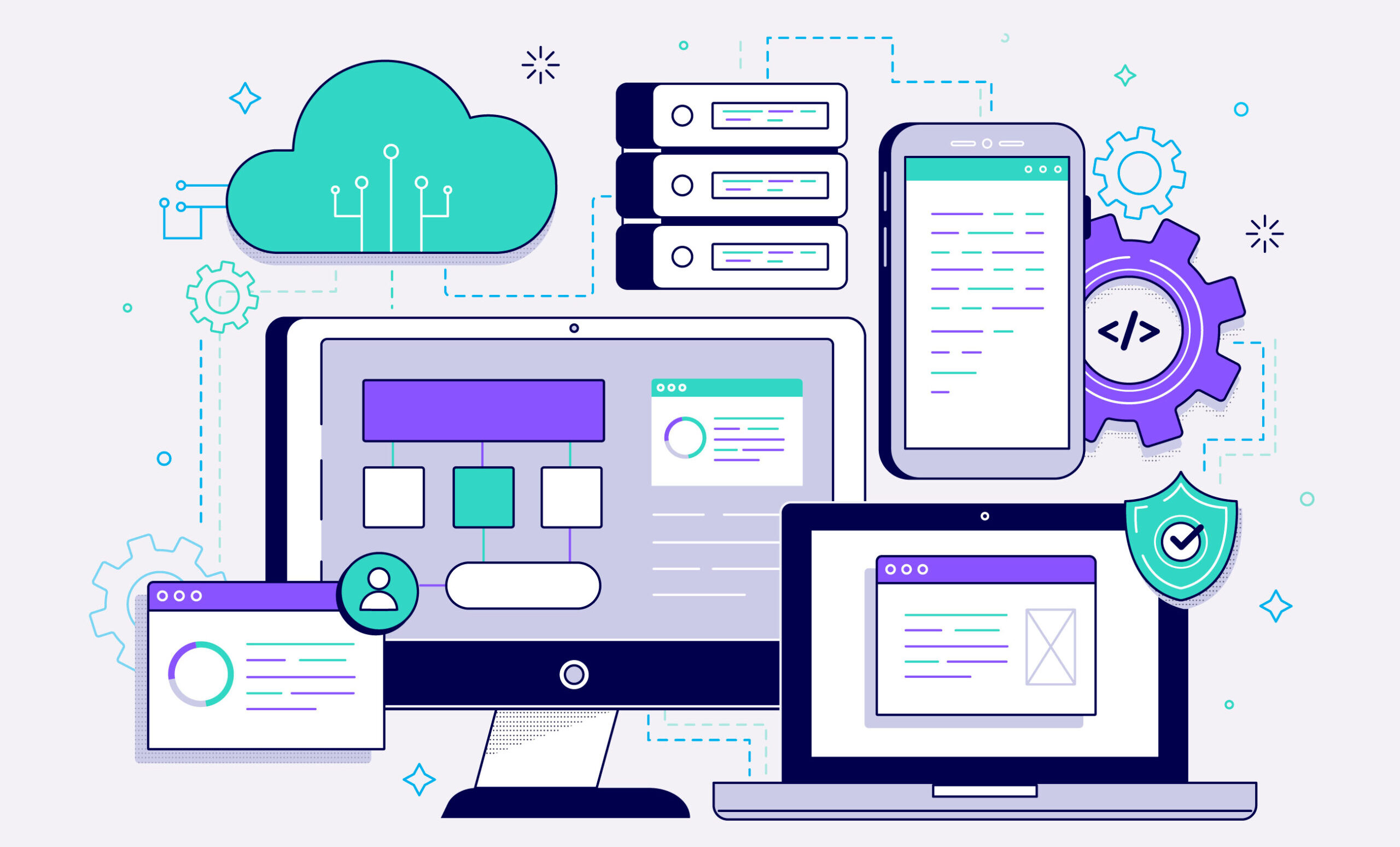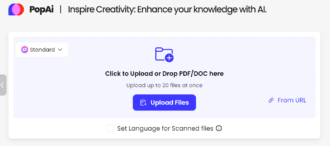Top Tips for Implementing AI-Driven Personalization in Your SaaS Business
- 1 7 Tips for Successful AI-Powered Personalization
- 1.1 1. Understand Your Data
- 1.1.1 Actionable Steps:
- 1.2 2. Leverage Advanced Algorithms
- 1.2.1 Actionable Steps:
- 1.3 3. Segment Your Audience
- 1.3.1 Actionable Steps:
- 1.4 4. Focus on Real-Time Personalization
- 1.4.1 Actionable Steps:
- 1.5 5. Ensure Privacy and Security
- 1.5.1 Actionable Steps:
- 1.6 6. Measure and OptimiPerformancence
- 1.6.1 Actionable Steps:
- 1.7 7. Enhance User Experience
- 1.7.1 Actionable Steps:
- 2 Best Practices for AI-Powered Personalization
- 2.1 1. Collect and Manage High-Quality Data
- 2.1.1 Key Actions:
- 2.2 2. Leverage Appropriate AI Algorithms
- 2.2.1 Key Actions:
- 2.3 3. Prioritize Real-Time Personalization
- 2.3.1 Key Actions:
- 2.4 4. Segment and Understand Your Audience
- 2.4.1 Key Actions:
- 2.5 5. Ensure Data Privacy and Security
- 2.5.1 Key Actions:
- 2.6 6. Measure and OptimiPerformancence
- 2.6.1 Key Actions:
- 2.7 7. Enhance User Experience
- 2.7.1 Key Actions:
- 3 Conclusion
In today’s fast-paced digital world, personalization has become a critical factor in enhancing user engagement and loyalty. However, manually personalizing content for each user can be time-consuming and inefficient for SaaS businesses.
This is where AI implementation comes into play. With AI-powered personalization, SaaS businesses can automatically tailor their offerings to each user based on their preferences and behaviour.
7 Tips for Successful AI-Powered Personalization
Personalization is a powerful tool for enhancing user engagement and loyalty. Here are some tips for implementing AI-powered personalization in your SaaS business:
1. Understand Your Data
Data is the foundation of AI-powered personalization. To deliver relevant experiences, it’s essential to collect, organize, and analyze data effectively. This includes demographic information, behavioural data, purchase history, and interactions across various touchpoints. Ensure your data is clean, accurate, and up-to-date to maximize the effectiveness of your AI models.
Actionable Steps:
- Implement robust data collection mechanisms.
- Regularly clean and update your datasets.
- Use data analytics tools to identify trends and insights.
2. Leverage Advanced Algorithms
AI algorithms, such as machine learning and deep learning, are at the heart of personalization engines. These algorithms analyze vast amounts of data to identify patterns and make predictions about user preferences.
Actionable Steps:
- Choose the suitable AI algorithms based on your data and objectives.
- Continuously train and refine your models with new data.
- Monitor algorithm performance and adjust as necessary.
3. Segment Your Audience
While AI can handle large volumes of data and complex patterns, segmentation helps to tailor the personalization process more effectively. Divide your audience into meaningful segments based on similar characteristics or behaviours.
Actionable Steps:
- Use AI to identify natural audience segments.
- Create detailed personas for each segment.
- Tailor your personalization strategies for each segment.
4. Focus on Real-Time Personalization
Real-time personalization ensures that customers receive the most relevant content or offers at the right moment. This requires a robust AI system capable of processing data and making decisions instantly.
Actionable Steps:
- Implement real-time data processing capabilities.
- Use AI to deliver personalized experiences in real time.
- Continuously optimize real-time interactions based on feedback.
5. Ensure Privacy and Security
With great power comes great responsibility. AI-powered personalization often involves handling sensitive customer data, and ensuring data privacy and security is paramount to maintaining customer trust.
Actionable Steps:
- Comply with data protection regulations like GDPR and CCPA.
- Implement strong encryption and security measures.
- Be transparent with customers about data usage and privacy policies.
6. Measure and OptimiPerformancence
To ensure the success of your AI-powered personalization efforts, it’s crucial to measure performance regularly. Use key performance indicators (KPIs) to assess the impact and effectiveness of your personalization strategies.
Actionable Steps:
- Define relevant KPIs such as conversion rates, customer satisfaction, and engagement metrics.
- Use A/B testing to compare different personalization approaches.
- Continuously analyze results and refine your strategies.
7. Enhance User Experience
Personalization should ultimately enhance the user experience. This means providing value to customers through tailored recommendations, personalized content, and relevant offers.
Actionable Steps:
- Use AI to understand customer preferences and deliver personalized experiences.
- Ensure a seamless and intuitive user interface.
- Gather customer feedback and iterate on your personalization strategies.
By following these tips, you can successfully implement AI-powered personalization in your SaaS business. You can also enhance user engagement and improve the overall customer service.
Best Practices for AI-Powered Personalization
Implementing AI-powered personalization in your SaaS solution can provide significant benefits.
Here are some best practices to help ensure success:
1. Collect and Manage High-Quality Data
The effectiveness of AI in personalization depends heavily on the quality of the data. High-quality data enables more accurate and relevant recommendations.
Key Actions:
- Data Collection: Implement robust mechanisms to gather data from various touchpoints, including websites, mobile apps, social media, and offline interactions.
- Data Cleansing: Regularly clean your data to remove inaccuracies, duplicates, and outdated information.
- Data Integration: Consolidate data from different sources into a unified database to provide a comprehensive view of customer behaviour.
2. Leverage Appropriate AI Algorithms
Different AI algorithms are suited for different personalization tasks. Choosing the correct algorithm is crucial for achieving desired outcomes.
Key Actions:
- Algorithm Selection: Select algorithms based on your personalization needs, such as collaborative filtering for recommendations or natural language processing for content personalization.
- Continuous Learning: Ensure that your algorithms can learn and adapt from new data over time.
- Performance Monitoring: Regularly monitor algorithm performance and make adjustments as needed to maintain accuracy and relevance.
3. Prioritize Real-Time Personalization
Real-time personalization ensures that customers receive the most relevant experiences at the right moment, enhancing engagement and satisfaction.
Key Actions:
- Real-Time Data Processing: Implement systems capable of processing data in real-time to capture and respond to customer actions instantly.
- Dynamic Content Delivery: Use AI to dynamically adjust content, offers, and recommendations based on real-time data.
- Feedback Loops: Incorporate customer feedback in real-time to continually refine personalization efforts.
4. Segment and Understand Your Audience
Effective personalization requires understanding different customer segments and their unique needs and preferences.
Key Actions:
- Segmentation: Use AI to analyze data and identify distinct customer segments based on behaviour, preferences, and demographics.
- Persona Development: Develop detailed personas for each segment to guide your personalization strategies.
- Tailored Strategies: Create and implement personalized content and offers for each segment to maximize relevance and engagement.
5. Ensure Data Privacy and Security
Maintaining customer trust is essential, especially when handling sensitive data. Ensure that your AI-powered personalization practices comply with data privacy regulations and prioritize security.
Key Actions:
- Regulatory Compliance: Adhere to data protection regulations such as GDPR, CCPA, and others relevant to your region.
- Data Security: Implement strong encryption, access controls, and other security measures to protect customer data.
- Transparency: Clearly communicate your data usage policies to customers and provide them with control over their data.
6. Measure and OptimiPerformancence
Regularly measuring the performance of your AI-powered personalization efforts helps identify areas for improvement and ensures ongoing relevance and effectiveness.
Key Actions:
- KPIs: Define and track key performance indicators such as conversion rates, customer satisfaction, and engagement metrics.
- A/B Testing: Conduct A/B tests to compare different personalization strategies and determine what works best.
- Continuous Improvement: Use insights from performance metrics and testing to refine and optimize your personalization strategies continuously.
7. Enhance User Experience
AI-powered personalization should enhance the overall user experience by making interactions more relevant, intuitive, and valuable.
Key Actions:
- User-Centric Design: Ensure that your personalization efforts are user-centric, focusing on providing value and enhancing the user experience.
- Seamless Integration: Integrate personalization seamlessly into your existing customer journey without causing disruptions or friction.
- Feedback Mechanisms: Implement mechanisms to gather user feedback and use this information to improve the personalization experience continually.
Conclusion
AI-powered personalization is a powerful tool for enhancing user engagement and loyalty in your SaaS business. By analyzing user data and providing personalized content and recommendations, you can improve the user experience and increase conversion rates.
To successfully implement AI-powered personalization, it’s essential to follow best practices. We mentioned personalizing based on user behaviour, providing relevant content, and continuously monitoring and updating personalization efforts. Additionally, it’s crucial to balance personalization with user privacy concerns and to obtain user consent when collecting and using their data.
Implementing AI-powered personalization in your SaaS business may seem daunting, but it can provide significant benefits when done correctly. If you follow the tips we provided, you can successfully implement AI-powered personalization in your business. Your users will definitely be satisfied with a personalized experience that meets their individual needs and preferences.




















Have you ever thought about creating an ebook or guest authoring on other sites? I have a blog based on the same ideas you discuss and would love to have you share some stories/information. I know my visitors would appreciate your work. If you are even remotely interested, feel free to shoot me an email.